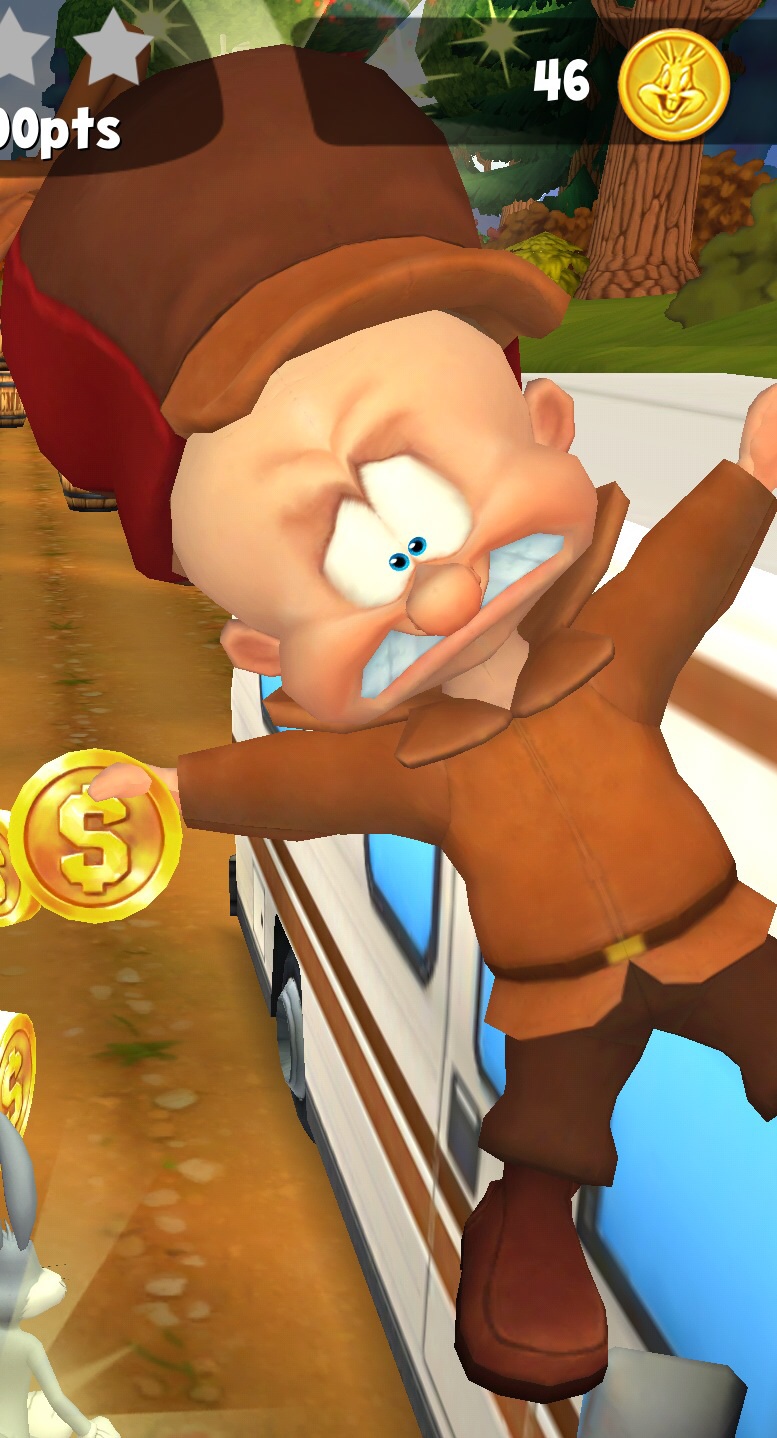
Sunday Go to Meetin’ Time is a standard morality tale, about an errant man (Nicodemus) who sneaks out of church to go steal some chickens. I present them below, not to glamorize them but to shed some light on an occasionally fascinating - and often appalling - corner of an American institution.ġ936’s Sunday Go to Meetin’ Time and 1937’s Clean Pastures share religious themes as well as large opening set pieces that provide an opportunity to introduce a cavalcade of racial caricatures - country folk in the former and city dwellers in the latter. These cartoons have not been broadcast since 1968, though they are available online. Such elements are abundantly clear in the “Censored Eleven,” shorts from the Warner Bros catalogue that were withheld from syndication due to racially offensive content.
Tasmanian devil cartoon video full#
While this certainly makes these shorts more interesting, it also means that some of the uglier elements of the time are on full display. These cartoons were far from the squeaky-clean version of today: They were vibrant, innovative, and often subversive. Yet Looney Tunes was a definite forerunner to the adult animation of today, poking fun at contemporary politics and pop culture.

As a kid watching cartoons on Saturday mornings, I didn’t catch many of the forty-year-old references. I was also surprised to discover how topical these cartoons were. Coyote’s design was inspired by Mark Twain’s description of the coyote as “a long, slim, sick and sorry-looking skeleton … with a despairing expression of forsakenness and misery, a furtive and evil eye, and a long, sharp face … The coyote is a living, breathing allegory of Want.” I learned that Bugs Bunny’s smart-alecky attitude and cigar-like carrot were based on Groucho Marx, and Wile E. Titled “What’s Up Doc? The Animation Art of Chuck Jones,” this retrospective illuminates the originality and charm of Jones in particular and the Looney Tunes in general. Yet this was not always the case, as demonstrated by the excellent Chuck Jones exhibit at the Museum of the Moving Image in Queens. Today is no better, with the Roadrunner and Foghorn Leghorn perhaps most recognizable as shills for companies like Time Warner and Geico. To be fair, my exposure to Looney Tunes at the time bore that out pretty well: I grew up in the age of Space Jam and the slew of jerseys, sneakers, McDonald’s toys, pogs, and cookie jars that film spawned. For all the pandemonium that Bugs Bunny and his ilk ostensibly represent, their chaos is bland, their destruction is predictable, and their lineage is corporate. Despite the cultural pervasiveness of these characters, and a lifelong love of animation on my part, they’ve always struck me as annoying, repetitive, and boring. I have an uncomfortable confession to make: I have never liked the Looney Tunes. She also appears in much merchandising, including stuffed animals and children's coloring books.From blatant plagiarism to offensive and stereotypical subject matter, the 1930s Looney Tunes cartoons have a dark history. She even appears in the film Looney Tunes Back in Action where she is disguised as Mr. In her next appearance, " Bedevilled Rabbit", She-Devil is enraged at Taz for kissing another female of their species, although it is actually Bugs Bunny in disguise. She-Devil debuted at the end of " Devil May Hare", in which she marries The Tasmanian Devil. She holds a strong reign of dominance and superiority over her husband, Most often hitting him on the head with a rolling pin.

The Tasmanian Devil's wife appears infrequently, but when she does it is always with her husband. She has been voiced by Mel Blanc and Brendan Fraser. Tasmanian She-Devil is a Looney Tunes character created by Robert McKimson.


 0 kommentar(er)
0 kommentar(er)
